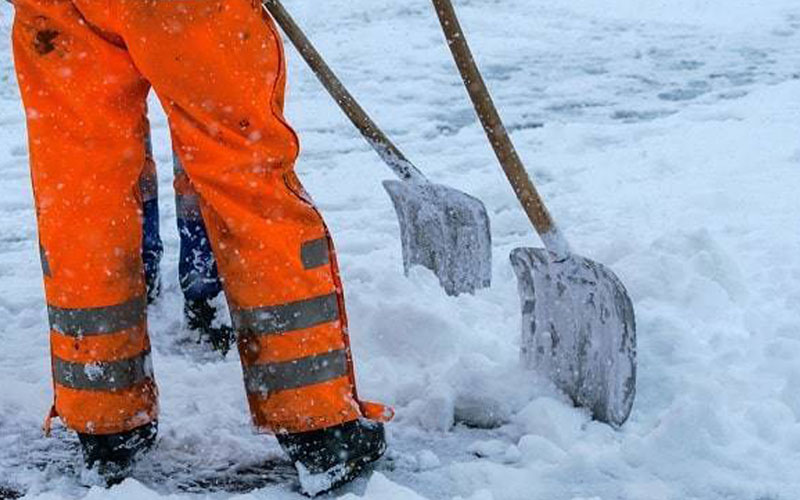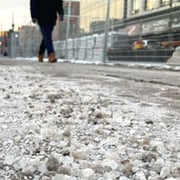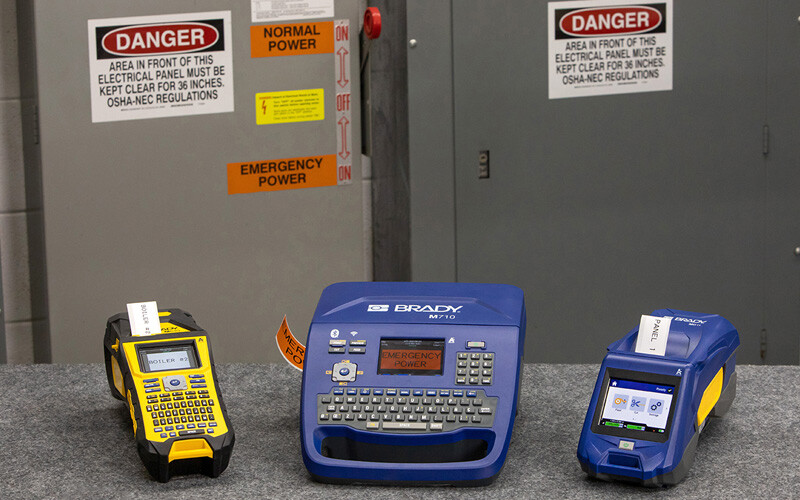Cold Weather And Winter Safety

Cold temperatures can compromise the safety of those with outdoor occupations including construction and utility workers, emergency responders and firefighters, as well as workers in refrigerated or cold storage facilities. Low temperatures associated with cold weather can expose outdoor workers to cold stress, which can lead to frostbite, hypothermia, and trench foot, all of which which can be serious or even fatal. It is important to prepare your team to perform work outdoors in cold weather safely.
Cold Stress Risk
Cold stress is a condition that occurs when the body can no longer maintain its normal temperature. A cold environment forces the body to work harder internally to maintain its core temperature. When temperatures drop below freezing and wind speeds increase, heat can more rapidly leave your body as your skin temperature deceases. Over time, the body begins to shift blood flow from your extremities (hands, feet, arms and legs) and outer skin, to your core (chest and abdomen). This can lead to serious health problems and can cause tissue damage, or possibly even death. OSHA cold stress risk factors include:
- Working in a wet or damp environment or wearing damp clothing
- Dressing in clothing that does not protect against low temperatures
- Pre-existing health conditions including hypertension, hypothyroidism and diabetes
- Poor physical conditioning and physical exhaustion
Cold Stress Warning Signs
Action should be taken at the onset of any warning signs to prevent worsening symptoms and increased risk. Take frequent breaks in dry, warm areas and drink warm liquids to help your body regulate its temperature. If clothes are wet, change into something dry if exposure to the cold will continue. Warning signs of cold stress include:
- Reddening or blistering skin
- Tingling and numbness
- Pain or leg cramping
- Swelling
How Do You Prevent Cold Stress & Protect Workers From The Cold?
Dressing properly is critical to preventing cold stress and maintaining worker safety in cold environments. The type of fabric worn and the number of layers worn can significantly impact risk of cold stress. The following are OSHA recommendations for working in cold environments:
- Wear at least three layers of loose-fitting clothing to provide better insulation.
- Wear an inner layer of wool, silk or synthetic to repel moisture and keep the body dry.
- Wear a middle layer of wool or synthetic to provide optimal insulation.
- Wear an outer weather-resistant layer that allows ventilation to prevent overheating.
- Wear a knit hat or hood to help keep your whole body warmer by reducing the amount of body heat escaping from your head.
- Use a knit mask or balaclava to cover the face and mouth.
- Protect hands with water resistant and/or insulated gloves.
- Wear insulated, waterproof boots and footwear.
Preventing Slips & Falls On Ice
Cold weather often comes hand in hand with icy, slippery surfaces. Employers should clear ice and snow from walking surfaces and provide clear paths to and from their facility, sidewalk, or parking lot. To reduce risk of slip and fall accidents, use of rock salt (A&M order #276330 or comparable), calcium chloride pellets (A&M order #102579 or comparable), or magnesium chloride pellets (A&M order #4546569 or comparable) to melt ice and increase surface traction is recommended. For occupations where walking on the snow and ice is unavoidable, properly insulated boots and footwear that provides good traction is key.
Want to make your facility or worksite safer?
A&M Industrial’s Dedicated Safety Team can provide winter safety evaluations and identify steps you can take you keep yourself and your team safer at work. To request a safety service including respirator fit testing and Lockout Tagout, contact our safety team. To shop current winter safety and PPE promotions, visit our promotions & sales page.


